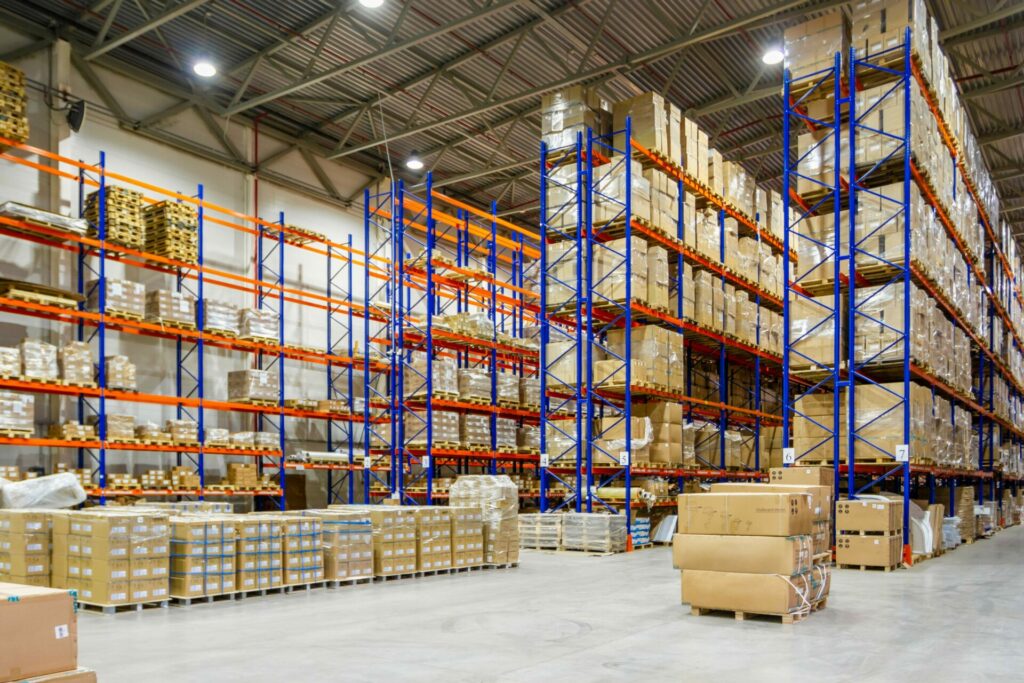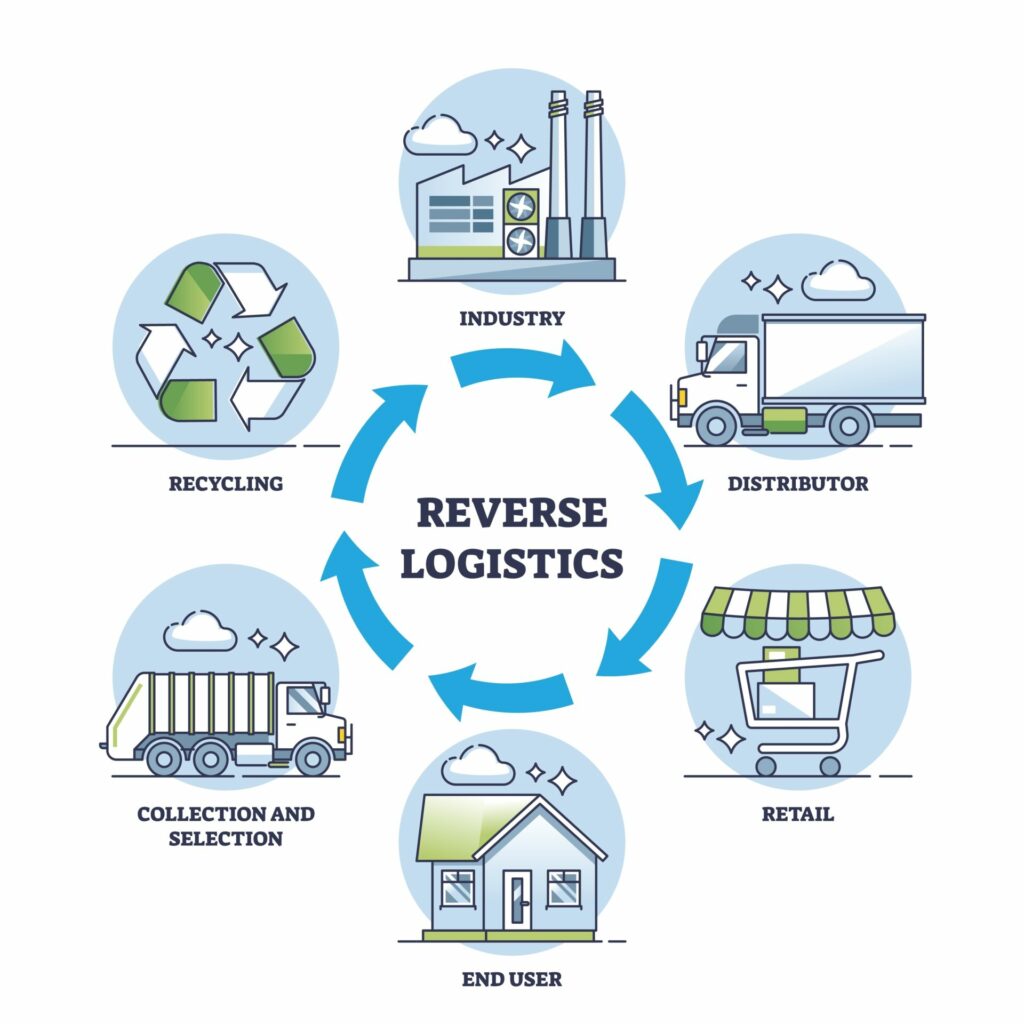In today’s e-commerce fulfillment landscape, where customers expect instant gratification and immediate product availability, the concept of pre-ordering might seem counterintuitive. Why would customers want to wait for a product that is not yet released or currently in stock?
However, with the right approach and tools, pre-orders can actually be a strategic move that benefits both customers and businesses, increasing customer loyalty and driving sales.
In this article, we will explore the pros and cons of pre-ordering in e-commerce, provide tips for a successful pre-order campaign, and help you determine if offering pre-orders is the right choice for your brand.
What is pre-ordering?
refers to the practice of allowing customers to place orders for products that are not yet available for immediate purchase or delivery. It gives customers the opportunity to secure their desired items before they become available to the general public.

Pre-ordering can take different forms, such as paying in advance or choosing to pay at a later date when the product is ready to ship. It is important to note that pre-ordering is different from out-of-stock situations, as pre-orders guarantee delivery within a specified timeframe, whereas out-of-stock items may not be available for replenishment.
The pros
More sales
Pre-order campaigns can generate excitement through scarcity marketing. By promoting the message that a product is sold out but available for pre-order, you create a sense of urgency and exclusivity. Customers who don’t want to miss out on the item will be motivated to place a pre-order, resulting in increased sales.
Forecast demand and better inventory management
Pre-orders provide valuable insights into customer demand. The number of pre-orders received can help you gauge the level of interest in a product and make informed decisions about . This reduces the risk of overstocking or understocking, leading to improved operational efficiency and cost savings.
More options for customers, better experience
When a product is out of stock with no future availability in sight, customers are likely to search for alternatives from other retailers. By offering pre-ordering as an option, you provide customers with an alternative that allows them to continue shopping with your brand, even when the product is not physically available. This saves customers time and effort, enhancing their overall experience.

The cons
No guarantee of a sale
While pre-orders can generate initial excitement and sales, there is a risk that customers may cancel their orders after you have already placed your inventory order. This can result in excess stock that may be challenging to sell, leading to potential losses.
Doesn’t work with third-party marketplaces
If your brand sells on platforms other than your own website, you may have limited control over how pre-orders are processed. For example, if a customer places an order on a third-party marketplace and the product doesn’t ship within a specific timeframe, the order may be canceled, potentially affecting customer satisfaction and your brand’s reputation.
Increased fulfillment costs
Introducing pre-orders adds another layer of complexity to order management and fulfillment processes. Your fulfillment team will need to establish new workflows and train associates specifically for handling pre-orders. This can increase operational costs and require additional time and resources to manage effectively.
3 tips for a successful pre-order campaign
1. Ensure up-to-date e-commerce tech
It is crucial to have robust e-commerce technology that provides real-time visibility into order status, inventory location, and fulfillment processes. This visibility helps streamline pre-order management and ensures accurate information is shared with customers.
2. Develop a customer communication cadence
Transparency and regular updates are key during a pre-order campaign. Establish a communication plan to keep customers informed about the status of their orders, any potential delays, and expected delivery timelines. This helps build trust and manage customer expectations.
3. Leverage your marketing team
is essential to drive awareness and maximize the success of your pre-order campaign. Work closely with your marketing team to create compelling assets, promotional materials, and social media content that highlights the benefits of pre-ordering. This ensures that customers are aware of the option and encourages them to participate.

Should your brand offer pre-orders?
Determining whether pre-orders are a good fit for your brand requires careful consideration. Each brand is unique, and factors such as your target audience, product offerings, and industry dynamics play a significant role in the decision-making process.
Start by analyzing your data to identify products that consistently sell out or generate high demand. These products are excellent candidates for pre-ordering. Additionally, evaluate your operational capabilities and resources to ensure you can effectively manage pre-orders without compromising customer satisfaction.
Pre-ordering can be a beneficial strategy for e-commerce brands, provided it is executed properly. Like any new initiative, it requires thorough planning, preparation, and optimization. By offering pre-orders, you can create a sense of anticipation among customers, optimize inventory management, and enhance the overall customer experience.
With the right approach and the support of modern e-commerce technology, pre-ordering can be a powerful tool to drive sales and foster customer loyalty in the ever-evolving landscape of e-commerce.




